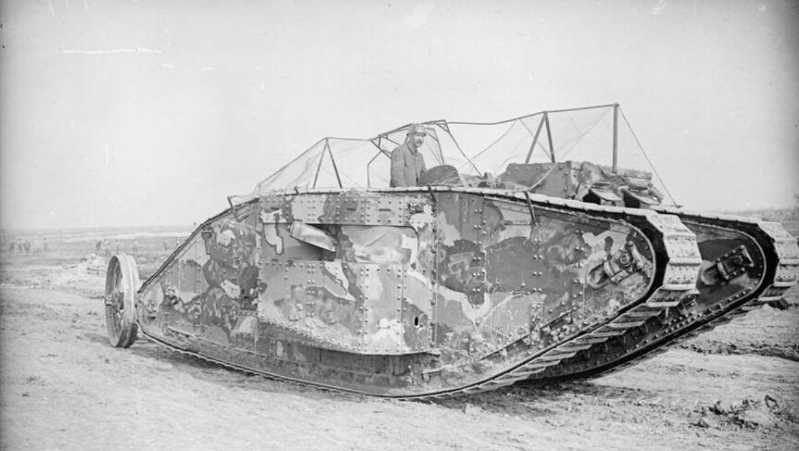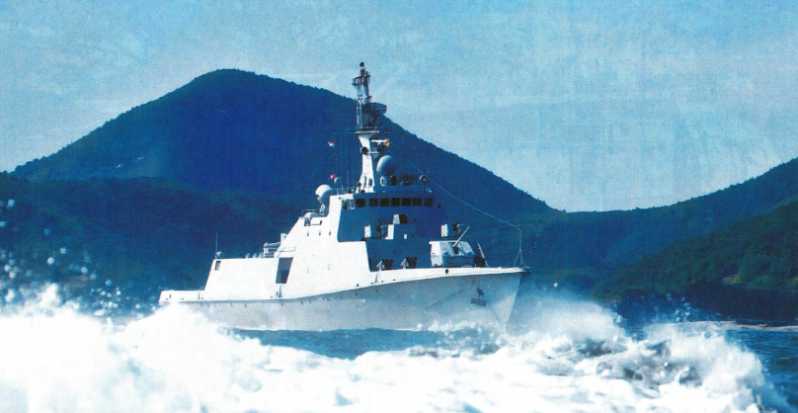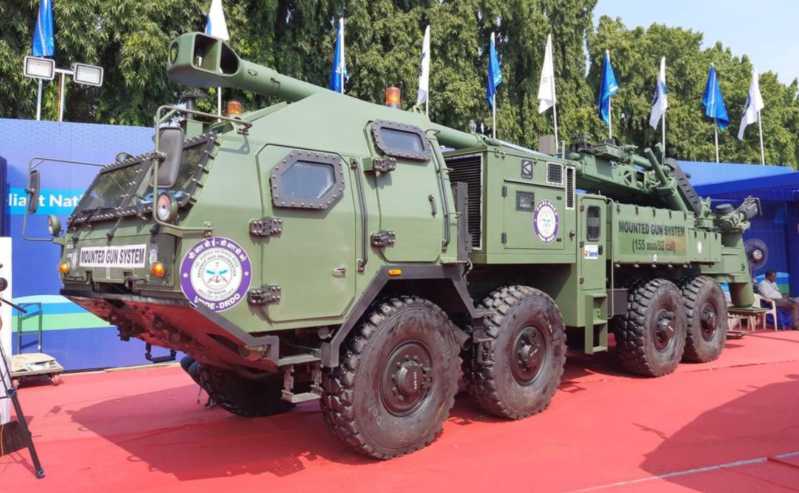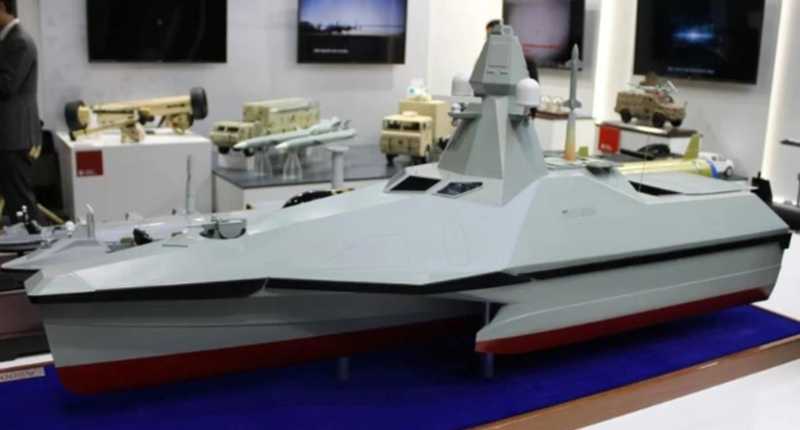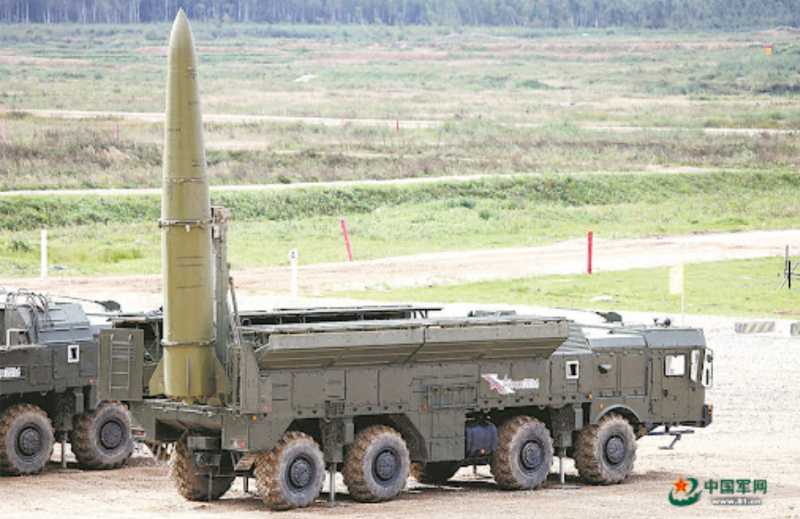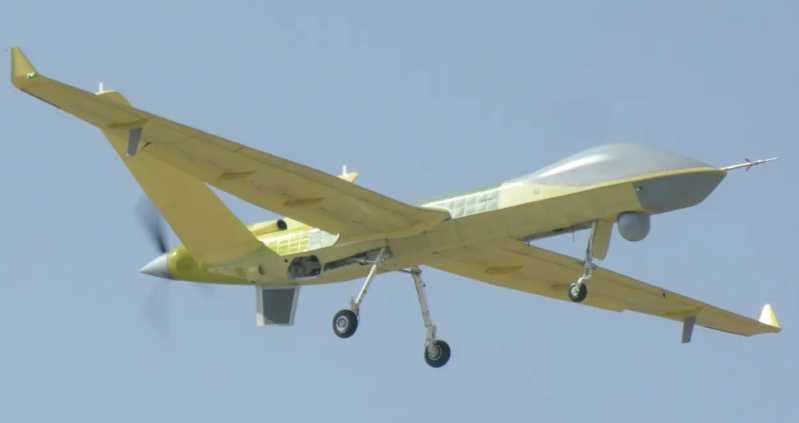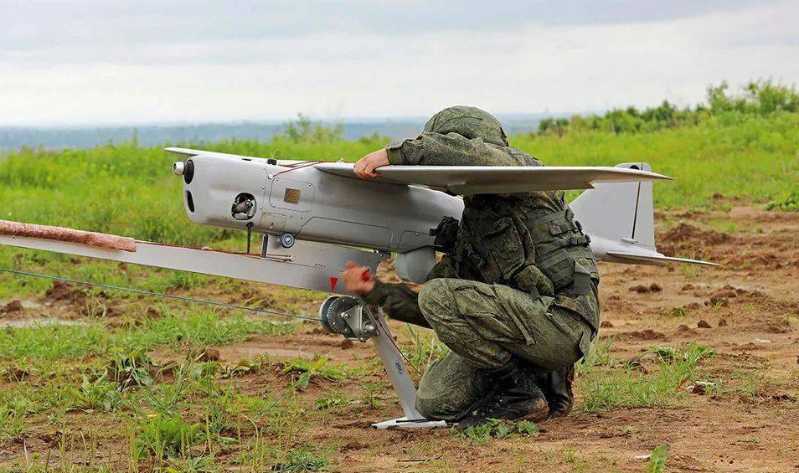On November 27, 1919, after investigation and ruling, the British Royal Invention Award Committee announced the rewards for personnel related to the development of British tanks. Among the 12 people on this list, William Tritton and Walter Wilson, who created the "Little Ranger", jointly received a prize of 15,000 pounds; Ernest Swinton, who first proposed the concept of "tank" as a new equipment in the British army, and De Encourt, chairman of the "Land Warship Committee", the British official organization responsible for the design and production of tanks in World War I, were awarded 1,000 pounds each; Macfe and Nesfeld were awarded 500 pounds each for independently and completely proposing the concept of tanks. The five people in the first four columns of the list who did not receive rewards ("Ni1") were either because as British military personnel, the proposed design and related work they did were within the scope of their duties and they had received relevant military allowances; or because the design was not feasible and did not play a practical role in the development of tanks. The most special name in the list is L.E.de Mole (Lancelot de Mole).
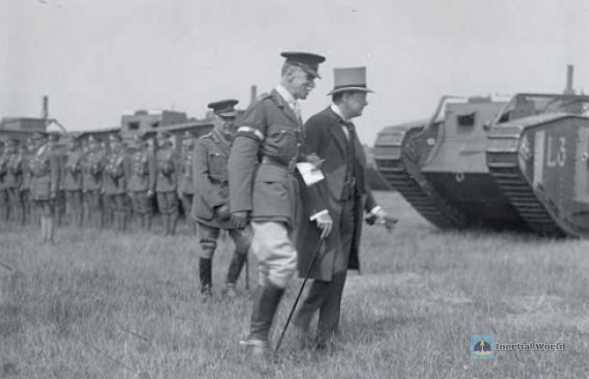
The advent of the first tank may be advanced
Lancelot de Mole, an Australian engineer and inventor, proposed a design for an armored tracked vehicle as early as 1912 and submitted a design sketch to the British War Office. After being rejected, he submitted an improved design again in 1915. However, the British side responded that Moore should submit a "model" but he did not have the financial resources to send the model to the UK, so Moore, who was "eager to serve his country", chose to join the army and go to the UK at public expense. However, Moore’s physical fitness was not good and he failed the first military physical examination. After some training and strengthening, he finally joined the army in September 1917. In January of the following year, Moore, who was assigned to the 25th Regiment of the 10th Battalion of the Australian Army, took a 1:8 scale metal model with him to the UK, and rushed to the "Munitions Inventions Omce" during his vacation to submit the plan and model in person. However, after such twists and turns and hard work, Moore still did not wait for "the stone to open". His design sketches and models were still buried in the sea until he was sent to fight in France, the war ended, and he returned to Australia.
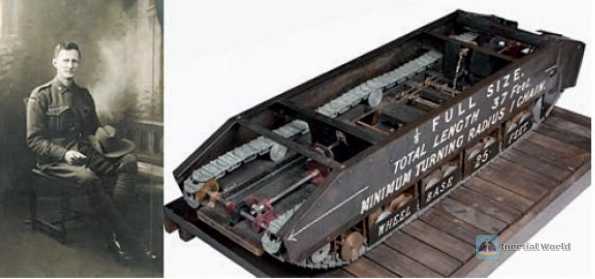
After the war, in June 1919, Moore wrote to the Munitions Invention Bureau to "seek justice", and his advanced invention was re-examined and highly praised and recognized by the British Royal Invention Award Committee: a very outstanding invention, some of which were better than the tanks of 1916; due to the advanced design, it was not recognized and shelved. Although the committee finally followed the principle that "the inventor must prove that there is a causal relationship between his invention and any similar invention of the government", and did not award Moore any bonus in this award, Moore later received a "compensatory" bonus of 987 pounds, as well as many honors such as "Honorary Sergeant" and "Commander’s Medal" from the Commonwealth.
The French who failed to get ahead
It is true that the British "Little Ranger" became the world’s first tank. To this day, everyone continues the British name for this new thing "tank". But from a broader perspective, while the British were secretly developing tanks, France in the Allied camp was also accelerating the development of tanks.

The French’s first tank, the "Schneider" CA1, began design work in May 1915, earlier than the British "Little Nomad" (July of the same year). Although the prototype was demonstrated to the French army at the end of the year and officially received a military order, the prototype was not off the assembly line and tested until February of the following year. After the plan was adjusted, the mass production and installation of the "Schneider" CA1 was not until September 1916. In the Battle of the Somme this month, the British were the first to deploy tanks on the battlefield, which "stimulated" the German Army Department on the other side of the battlefield to set up a special committee to promote the development of tanks. Finally, Joseph Vollmer, the chief designer of the automotive department of the German War Ministry, designed the first German tank A7V in World War I, manufactured by Daimler Automobile Company.
Although the three types of tanks in France and Germany in World War I all had the technical genes of the American "Holt" tractor in the track walking system, before the final answer (or "optimal solution") to the technical problem of "what does a tank look like?" was revealed, in addition to the British, technicians from France, Germany, Russia, the United States, Italy, Austria-Hungary and other countries also had their own independent explorations and brainstorming.

Rolling big wheels
Perhaps when facing new problems, everyone is used to looking for solutions from existing mature experience. The tank design schemes of many countries are indispensable to "big wheel tanks"
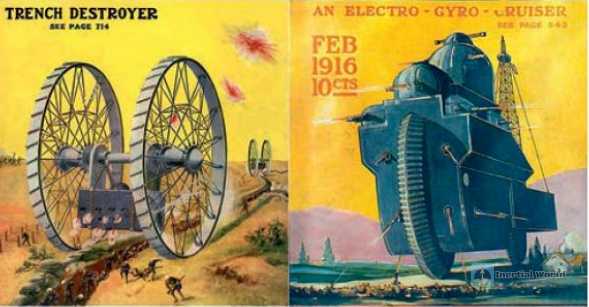
In September 1916, the British Army first put the "Mark" 1 (MKI) tank into the battlefield. The German military immediately ordered several German companies to design and produce similar war machines. Among them, Hansa-Lloyd proposed a "big wheel" design plan, continuing the traditional wheeled vehicle idea, and launched the prototype Treffas-Wagen in February 1917. The layout of the three-wheeled vehicle, the two wide front wheels are about 3 meters in diameter, and the small wheels at the rear are steering wheels. Although the vehicle was not mass-produced, the Germans’ obsession with "big wheels" continued until World War II, but its use had been changed to minesweepers (using huge wheels to detonate mines), heavy mobile platforms or tractors, such as towing damaged German heavy tanks on the battlefield.
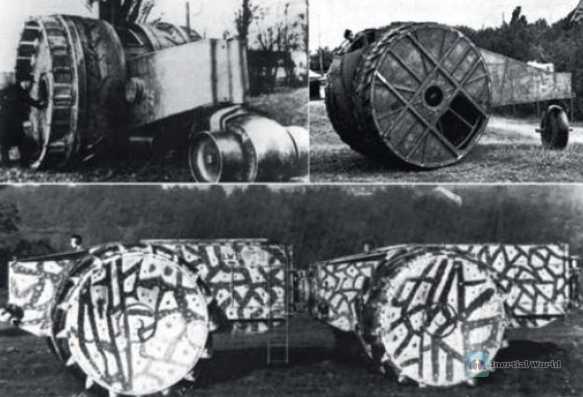
Speaking of "big wheel tanks", the most famous one is the "Tsar tank" of the Russian era in 1914. It was named after the Tsar, not only to describe its unprecedented huge appearance, but also because of the "sponsorship" of the Russian Tsar - 250,000 rubles were allocated for research and development. Compared with the "big wheel tanks" on paper in other countries, the "Tsar tank" finally built a 60-ton prototype, with two 9-meter-diameter wheels installed on the forearms, each driven by a 250-horsepower engine. The "Tsar Tank" also has a turret in the center of the vehicle body. Although the firing range is limited, it doesn’t matter. After all, its battlefield power lies in the huge psychological shock it brings to the enemy. However, the "Achilles’ heel" of this land beast is that the calculation error in the design stage caused the small wheels at the rear of the vehicle body to bear too much weight. During the test, the rear wheels easily sank into the soft ground, so it was impossible to move across the battlefield.
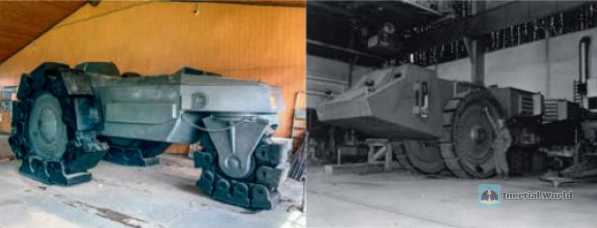
And the "giant wheel" is not a patent of Tsarist Russia. There are similar plans in the United States during the same period. For example, the "Superdreadnought" land battleship proposed by American engineer Frank Shuman has a wheel diameter of about 46 to 61 meters (150 to 200 feet) and a width of 6 meters (20 feet). The vehicle is 91 meters (300 feet) wide and weighs 4,500 to 5,000 tons. The engine is a 20,000-horsepower steam turbine for ships.
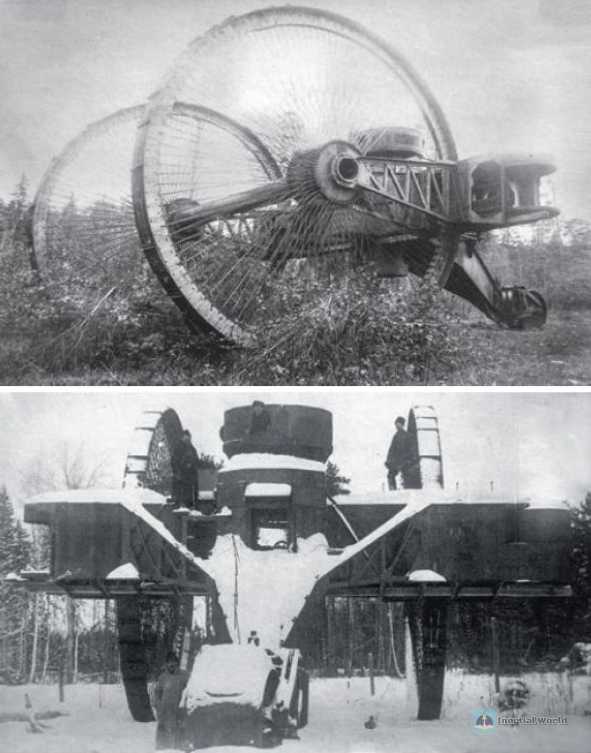
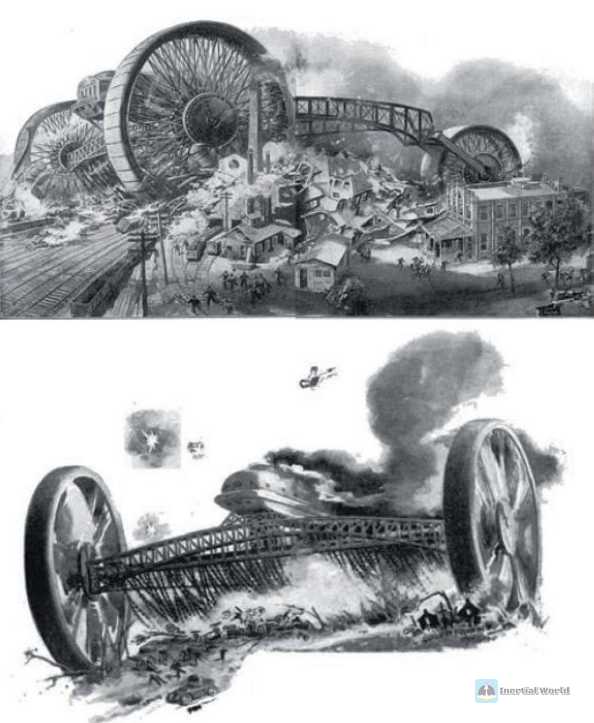
When the American Expeditionary Force was about to cross the ocean and land in Europe to participate in the war, but there was no formal tank equipped, this "dilemma" inspired unprecedented "creative" enthusiasm among American industrial circles, engineers, and inventors, such as the invention patent of an American pharmacist named Jehlik.
Compared to Schumann’s "Super Dreadnought", Jehlik’s paper conception seemed "stingy", but the diameter of the round roll at the front of the vehicle body was still 6.1~9.1 meters (20~30 feet) and the width was 15.2~30.5 meters (50~100 feet). In his conception, such a tank would use the round roll at the front to flatten a number of battlefield obstacles such as barbed wire and machine gun fire points, and create a smooth path for the soldiers behind him. At the same time, he did not forget to set up 5 machine guns at the rear of the vehicle body.
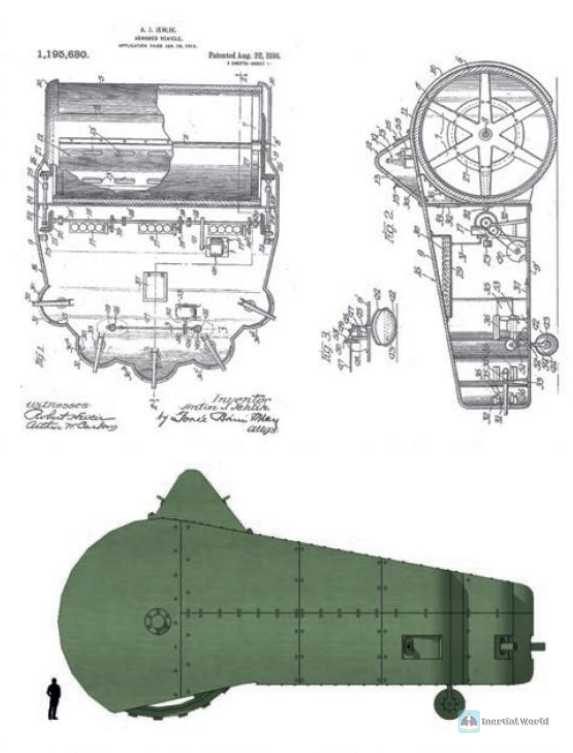
American tracked tanks
When the "Holt" tracked tractor became the technical prototype of "tanks" in Europe, Holt and other American tractor manufacturers and some car and truck manufacturers also smelled business opportunities and began to sell primary forms of tanks to the US military, that is, tracked tractors plus "land battleships" with different "armored hulls". Representative prototypes include Holt’s G9 series and CLB’s CLB 75. The first tank prototype officially launched by the United States was the Holt gasoline-electric transmission tank, which was jointly developed by Holt and General Electric between 1917 and 1918. That is, gasoline engines and generators were used to generate electricity, and then electric motors were used to drive two tracks. However, due to the limitation of the electrical technology level at that time, the overheating of the transmission caused the water cooling system to be huge, and the weight of the vehicle reached 25 tons, the travel speed slowed down, and the climbing ability was insufficient. After the test, there was no follow-up. In 1917, with the emergence of the French "Renault" FT-17 light tank, the development of tanks, whether in terms of technical route or battlefield application, has been divided into two major directions of light and heavy. Light tanks highlight the advantages of easy mass production, lower cost, stronger mobility on the battlefield, and large-scale cluster operations. This also made the United States, such as Pioneer Tractor Company, firmly choose to develop light tanks. The "Skeleton Tank" (also known as the "Spider Tank") it launched is also very "original"
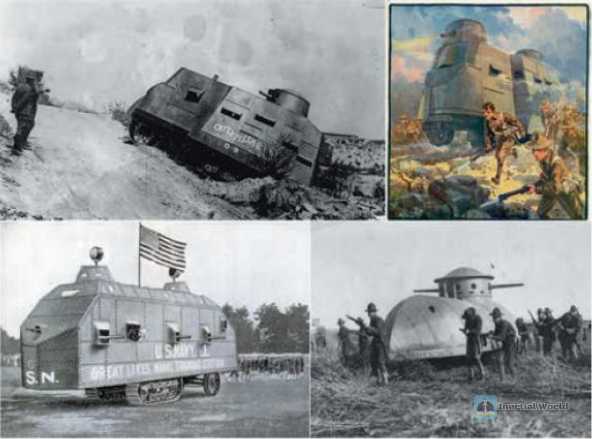


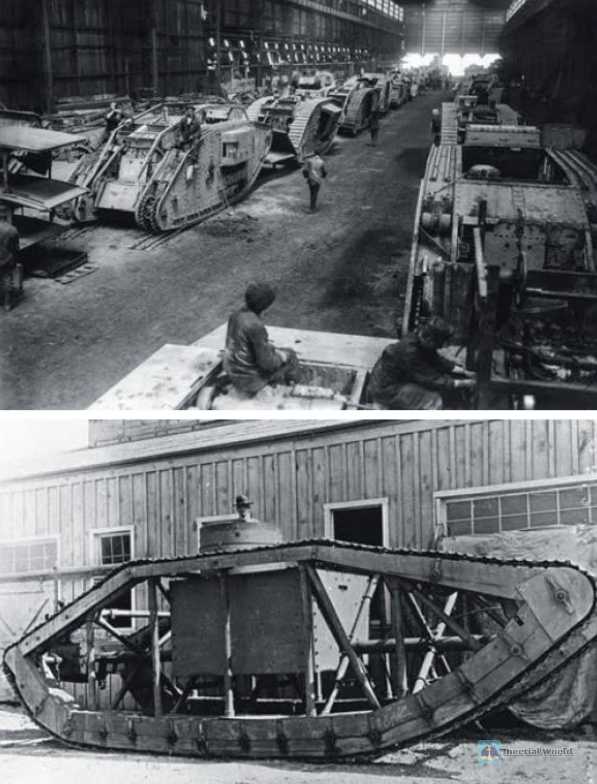
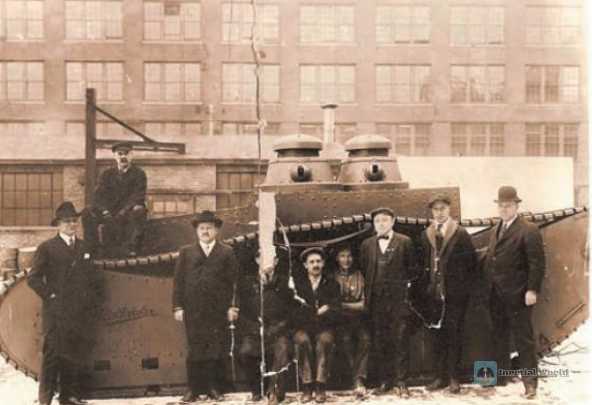
Compared to the completely closed chassis of the British "Mark" series heavy tanks, the American "skeleton tank" is supported by a skeleton-like frame formed by connecting iron pipes, and also forms a diamond shape. The skeleton tank has a square armored fighting room between the tracks. The crew consists of a driver and a commander who is also a gunner. There is a machine gun turret on the top, and there is a gasoline engine on each side of the car body with armor protection. The total weight of the "Mark" series tanks is generally more than 25 tons, while the "skeleton tank" is only 9 tons. The prototype was originally planned to be tested in October 1918: but in November, the First World War ended and most weapon development plans, including the "skeleton tank", were cancelled. The last moment of the "skeleton tank" was only in the victory parade, and then it became an exhibit of the US Army Ordnance Museum.
(To be continued)


